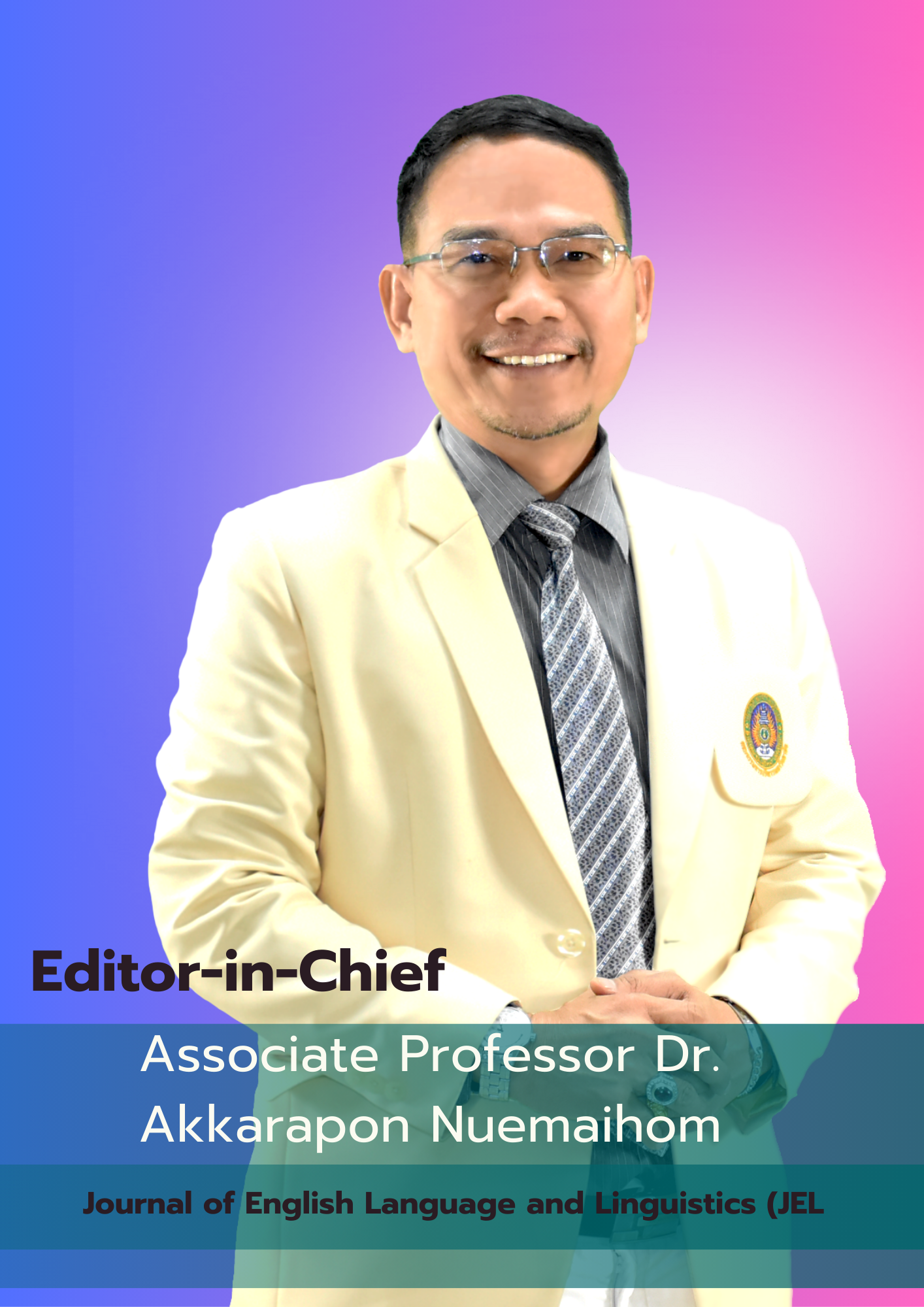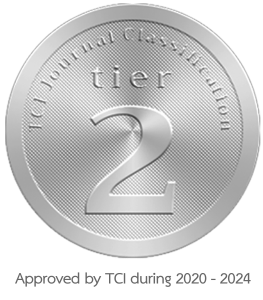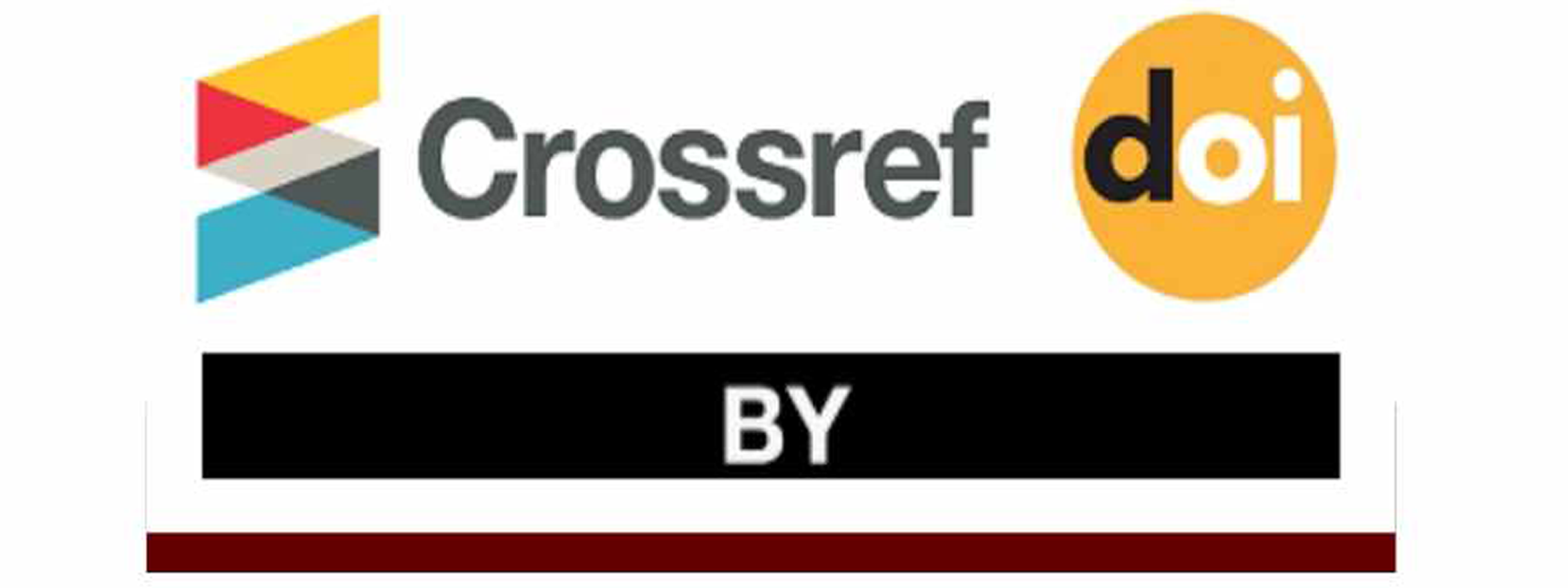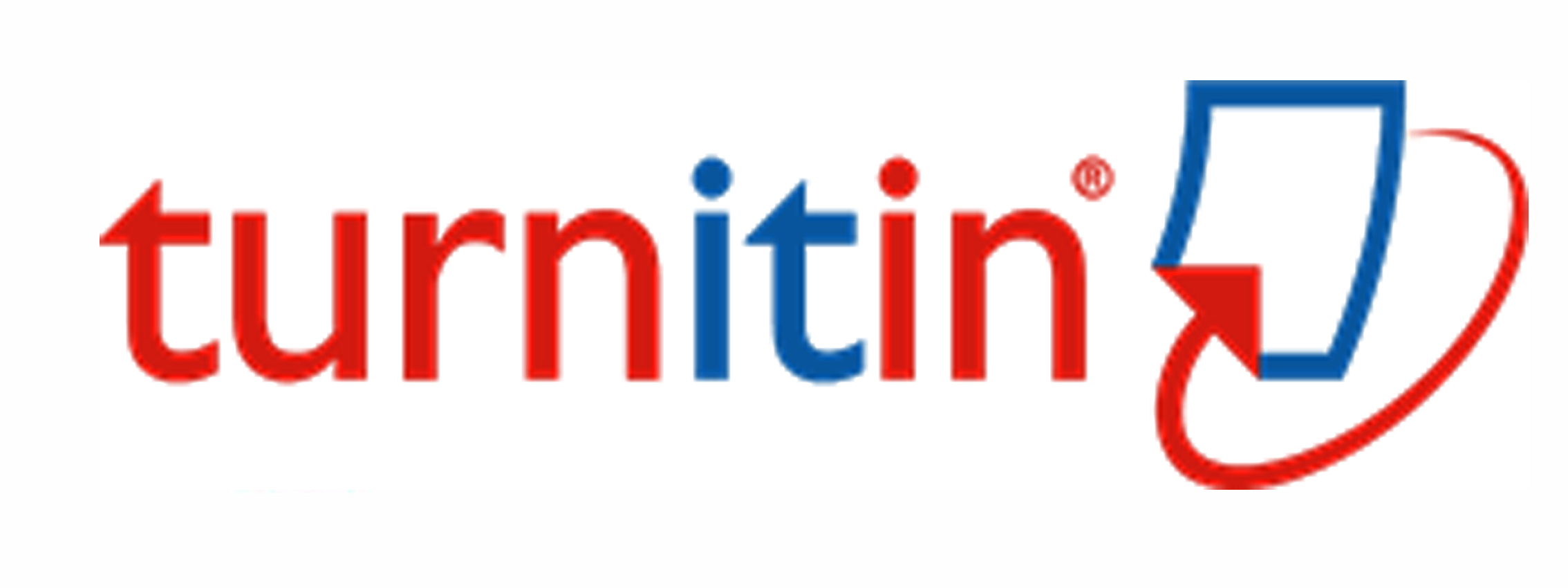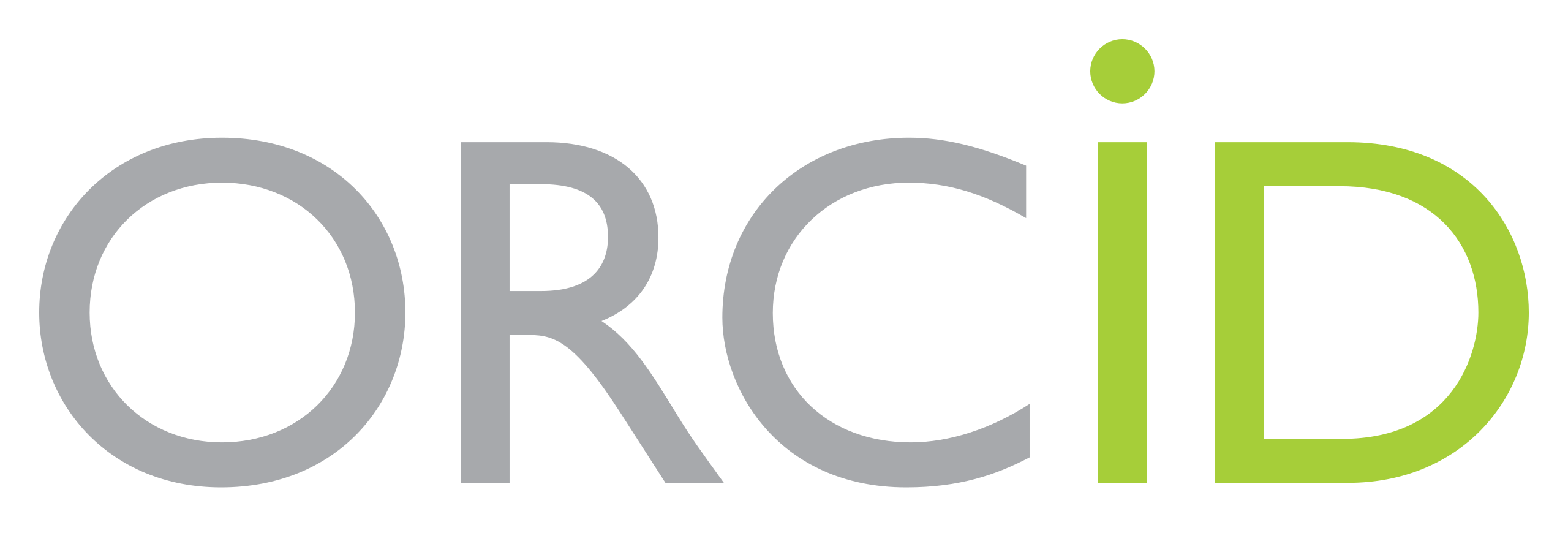The Use of COCA to Promote Autonomous Learning among Thai EFL University Students in a Writing Course
DOI:
https://doi.org/10.14456/jel.2023.12Keywords:
autonomous learning, COCA, EFL public university students, paragraph writingAbstract
This study investigated whether the Corpus of Contemporary American English (COCA) can promote Thai EFL public university students’ autonomous learning in a paragraph writing course. Thirty third-year students participated in this study, and they were from a public university in Bangkok, Thailand. They were asked to complete three writing assignments. Each assignment included the first draft and the final draft, and when they finished the first draft, they were required to use COCA to discover usage patterns and revise their work based on teacher feedback they received. The questionnaire was used to find out self-report data regarding the implementation of COCA on promoting students’ autonomous learning based on the process of autonomous learning by Knowles (1975). Additionally, the semi-structured interview was employed to investigate the students’ perceptions of COCA as a tool for promoting autonomous learning. The results from the questionnaire showed that COCA could be a material resource for learning writing. The semi-structured interview also revealed that the students’ perceptions of using COCA as a tool for promoting autonomous learning were positive because it can increase their confidence in their writing due to the use of authentic data. When they are confident of their writing skills, they are willing to continue practice writing through the use of COCA.
References
Al- Gharabally, M. (2015). The writing difficulties faced by L2 learners and how to minimize them. International Journal of English Language and Linguistics Research, 3(5), 42-49. Benson, P. (2001). Teaching and researching: Autonomy in language learning. Pearson Education Limited.Bridle, M. (2019). Learner use of a corpus as a reference tool in error correction: Factors influencing consultation and success. Journal of English for Academic Purposes, 37, 52- 69. Chiu, H. L. W. (2012). Supporting the development of autonomous learning skills in reading and writing in an independent language learning centre. Studies in Self-Access Learning Journal, 3(3), 266-290. Dörnyei, Z. (2007). Research methods in applied linguistics. Oxford University Press.Dueraman, B. (2015). The crucial point in time where Thai students are introduced English language writing. English Language Teaching, 8(9), 96-103. Garrison, D. R. (1997). Self-directed learning: Toward a comprehensive model. Adult Education Quarterly, 48(1), 18-33. Haidari, S. M., Yelken. T. Y., & Akay, C. (2019). Technology-enhanced self-directed language learning behaviors of EFL student teachers. Contemporary Educational Technology, 10(3), 229-245. Khodary, M. M. (2017). Edmodo use to develop Saudi EFL students’ self-directed learning. English Language Teaching, 10(2), 123-135. Liu, D., & Jiang, P. (2009). Using a corpus-based lexicogrammatical approach to grammar instruction in EFL and ESL contexts. The Modern Language Journal, 93(1), 61-78. Moradi, H. (2018). Self-directed learning in language teaching-learning processes. Modern Journal of Language Teaching Methods (MJLTM), 8(6), 59-64. Palfreyman, D., & Smith, R. C. (2003). Learner autonomy across culture: Language education perspectives. Palgrave Macmillan.Prabjandee, D., & Inthachot, M. (2013). Self-directed learning readiness of college students in Thailand. Journal of Educational Research and Innovation, 2(1), 1-11. Rampai, N. (2013). The development model of knowledge management via social media to enhance graduated student’s self-directed learning skill. Procedia-Social and Behavioral Sciences, 103, 1006-1010. Spiri, J. (2012). Corpora in English language teaching. In H. P. Widodo & A. Cirocki (Eds.), Innovation and creativity in ELT methodology (pp.185-195). Nova Science Publishers.Suwanarak, K. (2018). Self-evaluation of Thai adult learners in English writing practice. 3L: The Southeast Asian Journal of English Language Studies, 24(2), 95-111. Tham, D. M. (2021). English majors’ perceptions of autonomous learning skills and their writing performance in an e-portfolio-based writing course. VNU Journal of Social Sciences and Humanities, 7(5), 577-590.
Tsai, Y. R. (2021). Exploring the effects of corpus-based business English writing instruction on EFL learners’ writing proficiency and perception. Journal of Computing in Higher Education, 33, 475-498. Tung, C. A., Chang, S. Y., & Peng, F. M. (2015). Correcting language errors in EFL writing by the use of COCA. Malaysian Journal of ELT Research, 11(1), 95-107. Uz, R., & Uzun, A. (2018). The influence of blended learning environment on self-regulated and self-directed learning skills of learners. European Journal of Educational Research, 7(4), 877-886. Wang, Y. J., Shang, H. F., & Briody, P. (2013). Exploring the impact of using automated writing evaluation in English as a foreign language university students’ writing. Computer Assisted Language Learning, 26(3), 234-257. Xiao, G., & Chen, X. (2018). Application of COCA in EFL writing instruction at the tertiary level in China. International Journal of Emerging Technologies in Learning (iJET), 13(9), 160-173. Yoon, C. (2011). Concordancing in L2 writing class: An overview of research and issues. Journal of English for Academic Purposes, 10, 130-139. Yoon, H., & Hirvela, A. (2004). ESL student attitudes toward corpus use in L2 writing. Journal of Second Language Writing, 13(4), 257-283. DOI: https://doi.org/10.1007/s12528-021-09272-4






